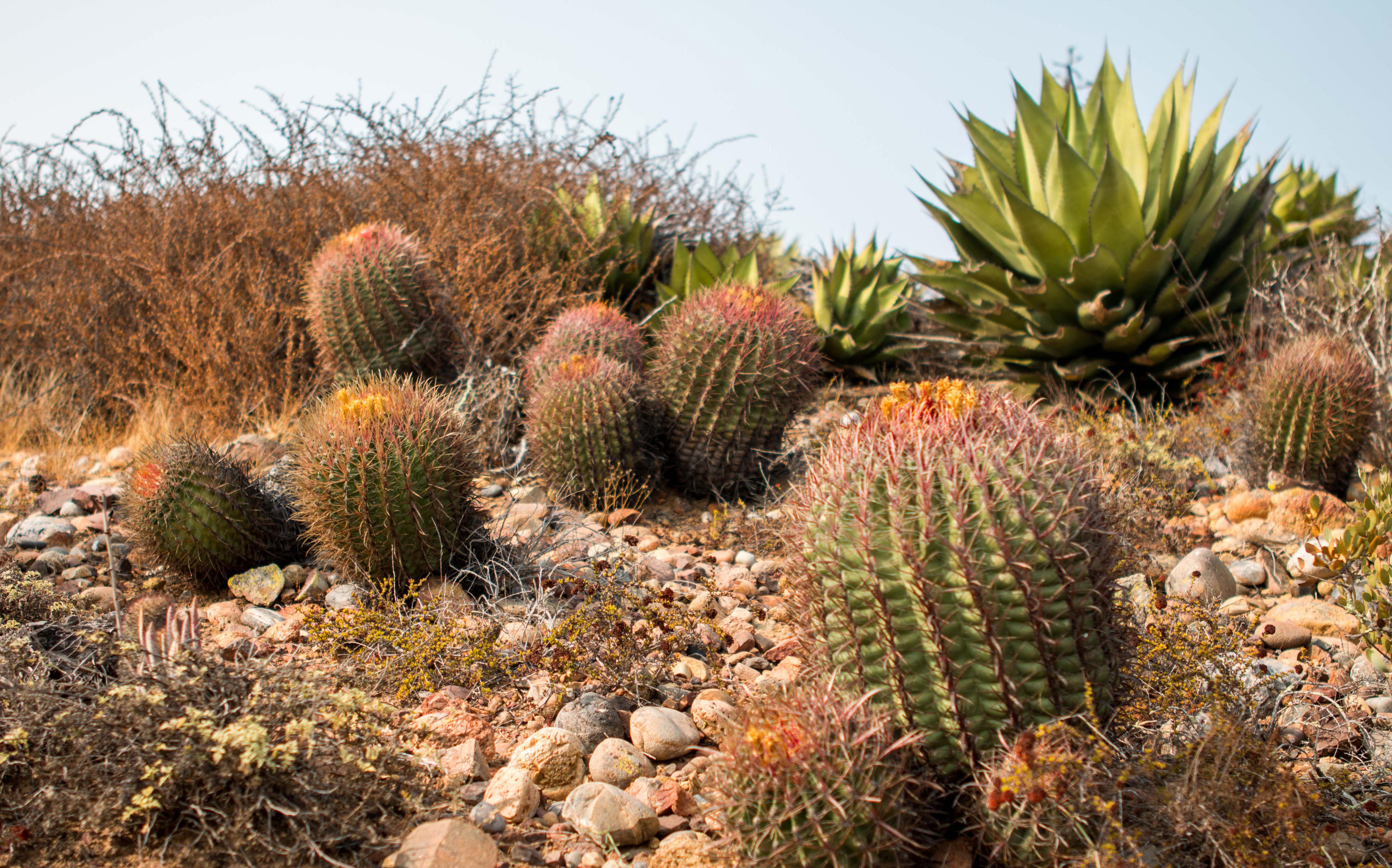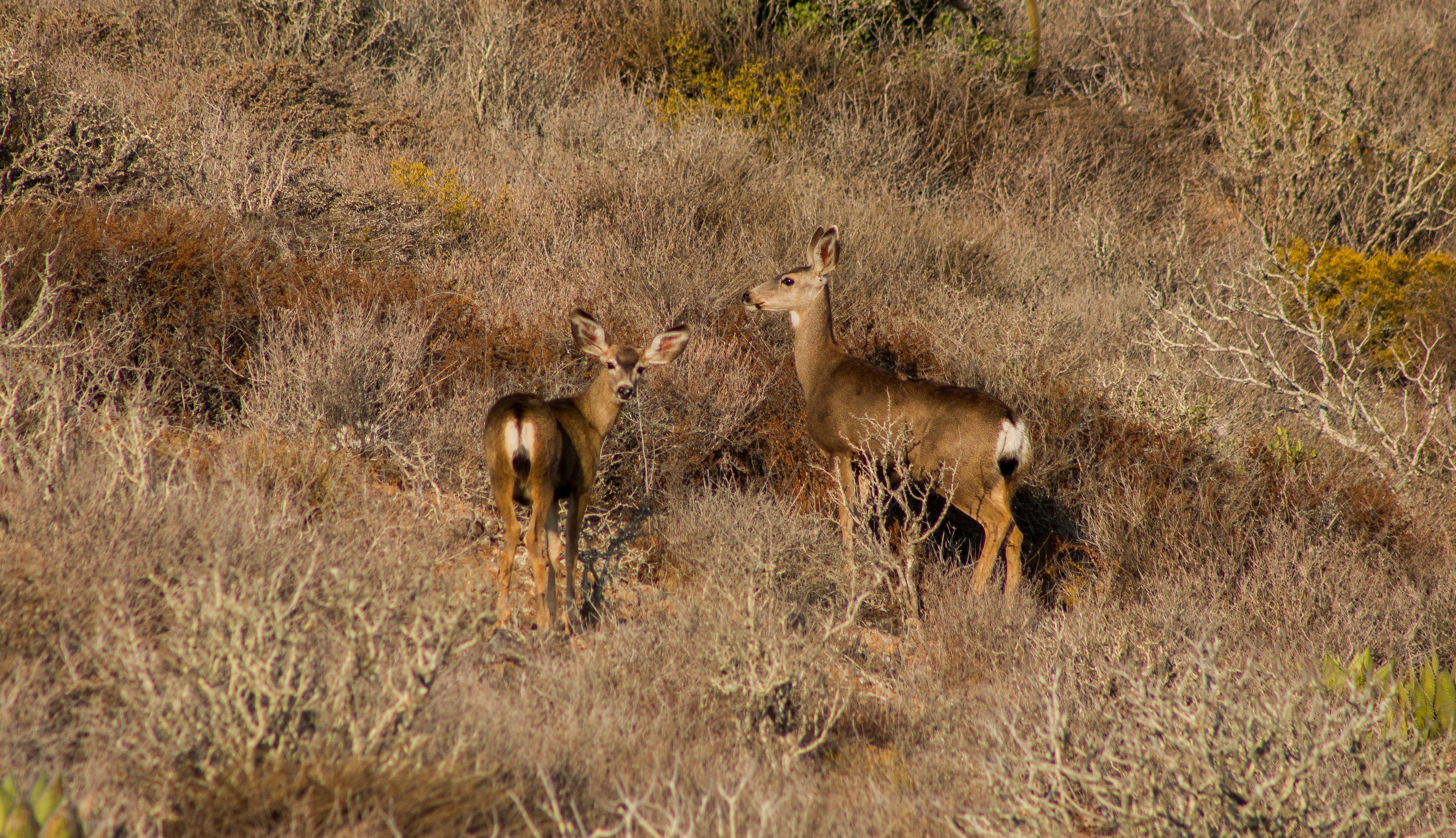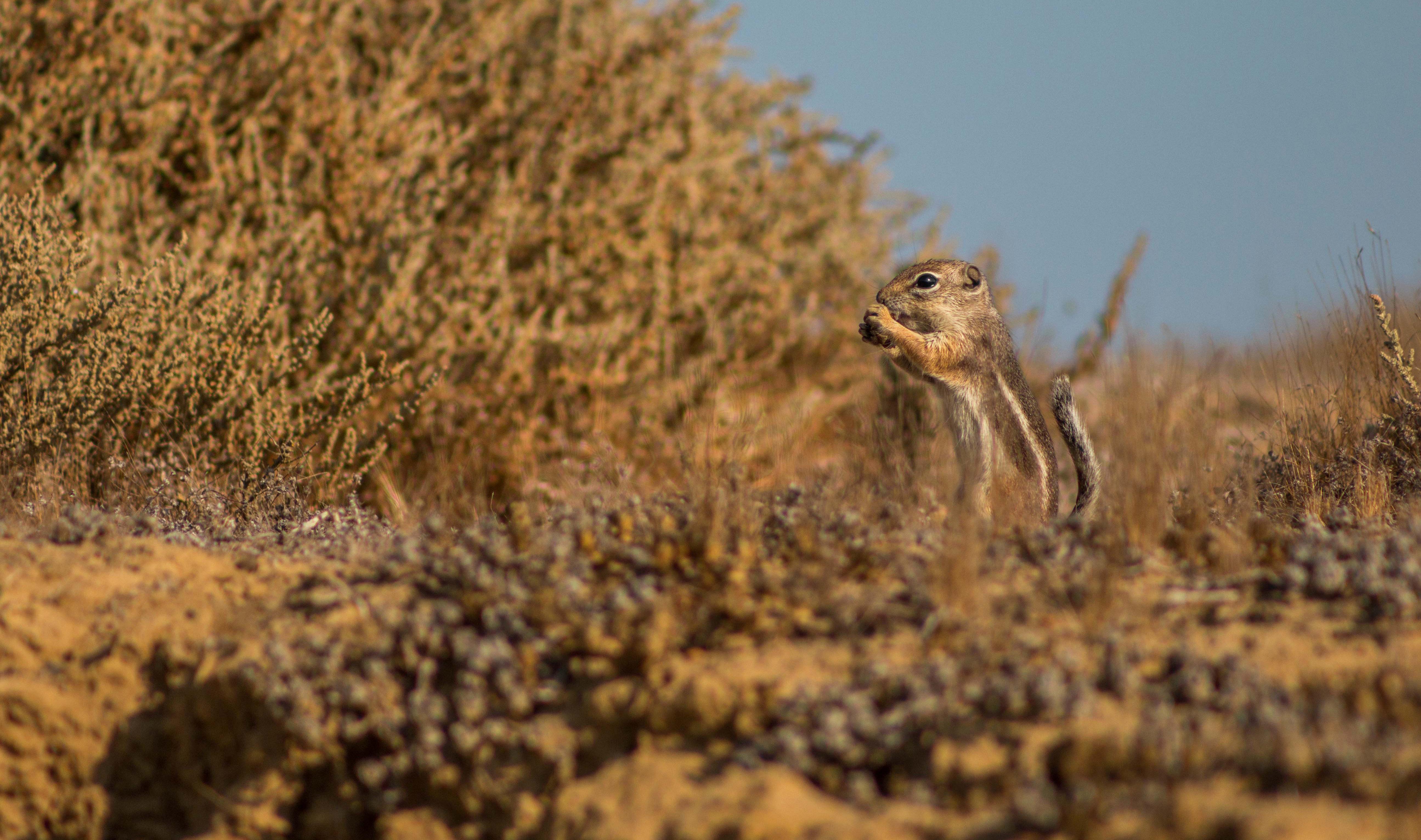
4 minute read
Valle Tranquilo Nature Reserve
By Héctor Sánchez
The Valle Tranquilo Nature Reserve is a protected area located in ejido Reforma Agraria Integral in El Rosario, Baja California.
Advertisement
Before being a nature reserve, the area was a small ranch owned by a founding family from El Rosario, whose main activities focused on cattle ranching and agriculture with an approach that always sought respect for nature. Due to its geographical traits which include valleys and hillsides with grasslands, its conditions are ideal for cattle grazing.

Photo by Jonathan Villarreal.
Preserved in perfect condition, the site was acquired by Terra Peninsular and subsequently certified as an Area Voluntarily Destined for Conservation on October 24, 2013.
The reserve is located within the California Floristic Province, one of the 35 biodiversity hotspots in the world and the most floristically diverse area in temperate North America. It is also located in the transition zone between the limits of the Mediterranean region in northwestern Baja California and the central desert region of the peninsula. For this reason, the convergence of species from both ecosystems generate a unique biological richness.

Photo by Jonathan Villarreal.
As we enter the reserve, this transition zone is noticeable. In the northernmost part of the reserve there are large valleys and canyons covered with coastal scrub vegetation such as agaves, barrel cacti, live forever plants and sour pitaya.
We can also find a unique and impressive place called Mesa Shawii, named for the great amount of agaves found in the reserve. Some of them are more than three meters high. 426 plant species and subspecies have been identified, representing more than 75% of the total number of species in the region: 382 of them are native species, 57 are endemic, and 3 are listed in the official Mexican regulation NOM-059-SEMARNAT-2010.
Many plants are used by the local community of El Rosario as medicinal plants or as food. Bluedicks are one of the most interesting ones as they have been eaten by the native inhabitants for more than 1,500 years.
This vegetation and climate give shelter to a large number of mammals such as puma, mule deer, gray fox, badger, black-tailed hare, cottontail rabbit, as well as birds such as the red-tailed eagle and the California quail.
Thanks to constant monitoring with camera traps, we have identified important corridors within the reserve and neighboring areas, and we have also been able to photograph the great richness and abundance of medium and large mammals and to obtain recent records of juvenile, pregnant female, and lactating mule deer.

Photo by Jonathan Villarreal.
In Valle Tranquilo Nature Reserve, the San Quintin kangaroo rat was rediscovered between January and February 2018. A group of researchers from the San Diego Natural History Museum along with some team members of Terra Peninsular rediscovered the San Quintin kangaroo rat. Today, we continue to monitor this species in order to know the status of its populations and distribution. Until now, we have found new sites and burrows with lactating females and juveniles.
Regarding its archaeological importance, in 2017 the National School of Anthropology and History and the National Institute of Anthropology and History visited the nature reserve in order to locate and record archaeological sites. A total of 9 shell middens and 5 sites where materials such as rock tools and obsidian (an uncommon material in the area) were recorded.

Photo by Jonathan Villarreal.
One of the most important fossil sites in Mexico is also located in the southern part of the reserve. Near the area known as El Gallo, a large number of dinosaur, turtle, crocodile, lizard, mammal, and fish fossils have been discovered. It is a site famous for its more than 70 million years old large ammonites and bivalves.

Photo by Jonathan Villarreal.
Moreover, in 2019, 16 sites were found in that southern zone and adjacent to plots of land owned by inhabitants of El Rosario. These sites contained dozens of graphic-archaeological manifestations. Most of them were petroglyphs that were at least 1,500 years old. This project was conducted together with the National Institute of Anthropology and History.
All of the characteristics that are reflected in the Valle Tranquilo Nature Reserve show us its great ecological, archaeological and social value.

Photo by Alejandro Arias.
Valle Tranquilo Nature Reserve
Location
El Rosario, Baja California
Area
803 hectares (1984 acres)
Date of certification
October 24, 2013
Type of certificate
Area Voluntarily Destined for Conservation

Photo by Jonathan Villarreal.
♦ Héctor Sánchez works as the Valle Tranquilo and San Quintin Field and Operations Officer.









